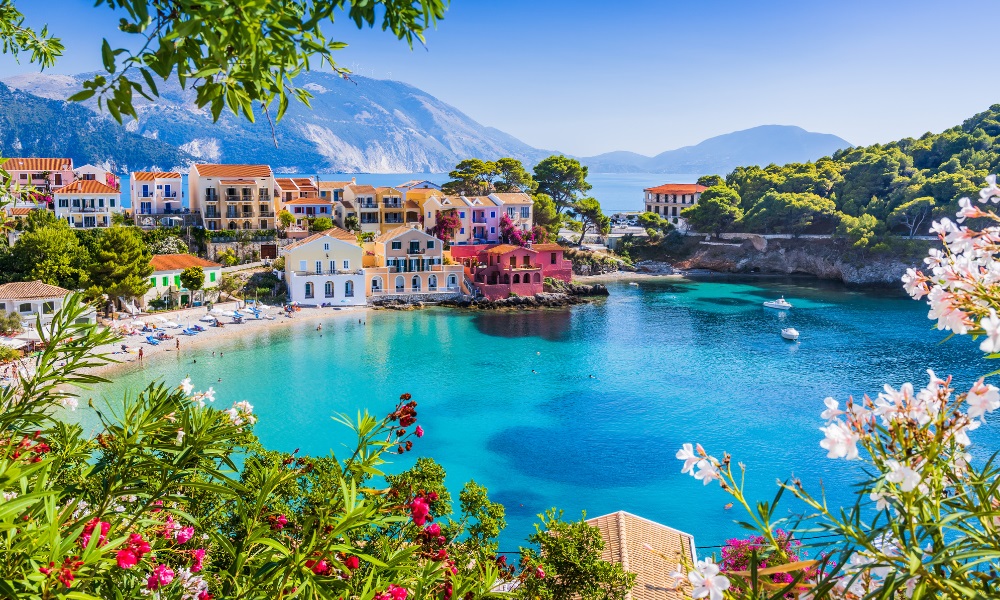Thursday, April 18, 2024

In recent years, the global travel industry has faced significant challenges due to the effects of mass tourism. Iconic destinations from Venice to Bali have experienced environmental degradation, overcrowding, and a diminished quality of life for local residents.
In response, tourism authorities worldwide are implementing innovative strategies to balance visitor numbers with sustainability, aiming to transform the industry into a more responsible and community-friendly enterprise.
Redefining Visitor Management
One of the primary strategies being adopted is the introduction of advanced visitor management techniques. Major European cities like Amsterdam and Barcelona, previously overwhelmed by tourists, are now using data analytics to monitor and predict tourist flows. This technology allows for real-time management of visitor numbers in sensitive areas, helping to alleviate pressure on infrastructure and improve the overall visitor experience. Japan also faces over tourism.
For example, Amsterdam has implemented a dynamic pricing model for its museums and tourist attractions, where ticket prices vary based on demand. This approach not only helps spread tourist visits more evenly throughout the year but also encourages visitors to explore less congested areas of the city.
Encouraging Off-Peak Travel
Promoting off-peak travel is another effective method to combat the effects of mass tourism. Destinations are now offering incentives such as discounted accommodation and exclusive experiences to attract tourists during quieter periods. This strategy not only ensures a steady flow of income for local businesses year-round but also helps preserve the integrity of natural and urban environments during peak times.
The Greek island of Santorini, known for its summer crowds, has successfully extended its tourism season into the spring and fall months. By marketing these times as ideal for experiencing the island’s beauty without the crowds, Santorini has managed to achieve a more balanced distribution of visitors.
Implementing Tourist Caps and Reservation Systems
Some of the most affected destinations have taken more drastic measures by setting caps on the number of tourists allowed to visit certain areas each day. The Cinque Terre region in Italy, for instance, has introduced a cap on visitors to protect its delicate coastal ecosystem. Tourists must now reserve their visit in advance, a move that has been praised for preserving the area’s charm and natural beauty while ensuring tourism remains economically beneficial.
Similarly, the city of Dubrovnik in Croatia, a popular location for blockbuster movie filming, has enforced strict limits on the number of visitors allowed within its ancient walls. This measure has significantly relieved the stress on its historic sites and improved the quality of life for its residents.
Fostering Sustainable Practices
Beyond managing tourist numbers, there is a growing emphasis on sustainable and responsible travel practices. Eco-tourism is gaining traction, with more travelers seeking out destinations that offer environmentally friendly accommodations and activities. This shift in traveler preferences is encouraging destinations to develop more sustainable tourism products, such as wildlife conservation projects and community-led tours.
For instance, Costa Rica has become a model for sustainable tourism, with its eco-lodges and conservation initiatives that allow visitors to enjoy the country’s biodiversity without harming it. This approach not only attracts a more conscientious type of traveler but also ensures that tourism has a positive impact on the local environment and communities.
The global travel industry is at a crossroads, with the need to balance tourism and sustainability becoming increasingly urgent. By implementing innovative management strategies, promoting off-peak travel, enforcing visitor caps, and fostering sustainable practices, destinations can protect their natural and cultural assets while still reaping the economic benefits of tourism. These measures are crucial for ensuring that tourism supports the health and vitality of communities for generations to come. As the industry evolves, the focus will likely continue to shift towards more responsible and sustainable tourism practices, setting a new standard for how we explore the world.
Wednesday, May 1, 2024
Wednesday, May 1, 2024
Wednesday, May 1, 2024